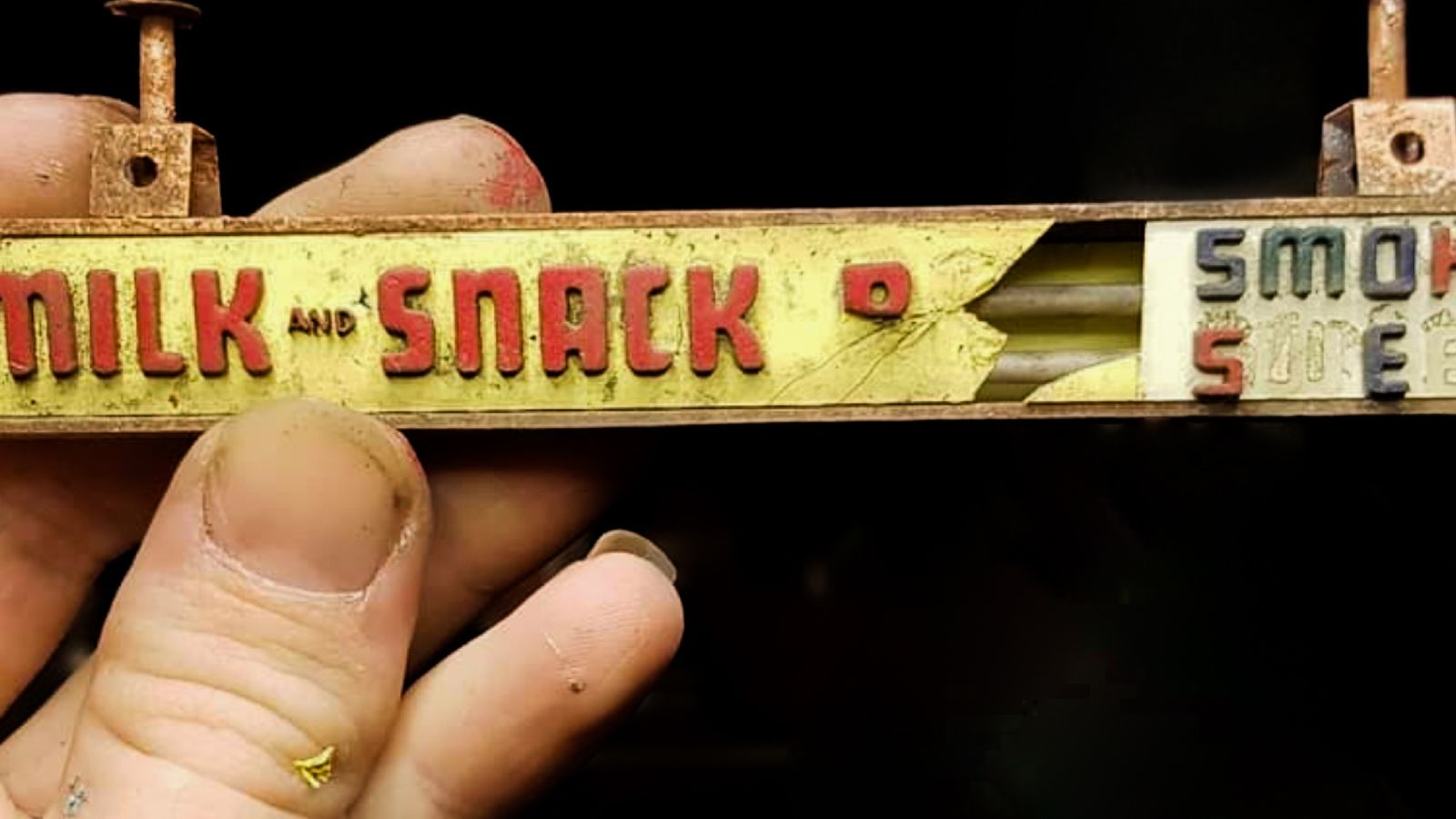ADC’s CEO and Artistic Director Lisa Cahill took time out this week to ask artist Joshua Smith some questions in the lead up to the opening of Urban Decay: Joshua Smith.
Lisa Cahill: What was the pivotal moment for you to turn your practice to making miniatures?
Joshua Smith: It was an exhibition of Stencil Art. I was creating Stencil works for a number of years and felt that the medium at the time wasn't being pushed and really needed a fresh perspective. The first miniature was a very rudimentary 3d building with a stencil painted onto it. After that it really changed my perspective and I loved the 3d aspect. I created a second work (The Black Shadow Trading Company) which was a full blown miniature with interior and exterior detailing, working lights inside and out and interactive elements. That was now 3 years ago and it really changed the direction of my artwork.
LC. You clearly have an incredible eye for the details in the urban environment that most of us miss. What is a standout moment when you discovered a detail that had previously eluded you?
JS: I had always noticed the graffiti and street art of the Urban Landscape but I think it was after I created the Black Shadow that I found a new appreciation and love for the overlooked aspects of the Urban environment. Now when I walk down the street I will notice all the rust, grime, decay, dirt, moss and discarded cigarettes which gives me a seemingly endless amount of inspiration.
LC. The question on everyone’s lips is how does he do it!? Can you tell me something about your process?
JS: The process can be broken down into sections. First I find the building I want to create usually using Google Maps Streetview. I look for a variety of things including colour, shape, style and condition of the building. The more disrepair to the building the more I love it. Once I have found my building I will use Google Maps and my followers worldwide to take reference photos. Once I have my photos I will being breaking down the building into sections such as walls, windows, doors, drainpipes, footpaths ect. From here I will start building all these individual elements.
Once the parts are created I will then begin painting them and assembling them all together. Once the parts have all been glued together I then start adding the weathering. This for me personally is the most fun part and where the miniature really starts becoming realistic. Once that is done it is a matter of adding final details, building the casing and shipping it off either to the client or the exhibition.
LC. What has been your favourite building to date and why?
JS: Probably my favourite building thus far was my miniature of Temple Street in Yau Ma Tei in Kowloon in Hong Kong. It took a long time to build and part of my sanity working 8-16 hour days, 6-7 days a week for almost 3 months. The end result was amazing and it is what resulted in my career taking off. The Olympia Milk Bar has to be my favourite build so far this year. Once I started working on it I became almost obsessive about it wanting to pack in as much detail as possible. I wanted it to be the stand out piece for my solo exhibition and hopefully that is the result.
LC: Your work has gained so much attention in the past 12 months or so. How has this attention affected your practice?
JS: To be honest I never expected it to take off as much as what it has and when it did it really took me by surprise. It came at the worst possible timing when one of my parents was seriously ill and it wasn't looking good. It seemed like I had the whole world wanting to talk to me and with videos of my work going viral and clocking up to 12 million views in some cases I just wanted to focus my attention on my parents at the time.
For me the work is my focus and my passion. I never was looking for fame from my work and see myself as an ordinary person who just makes miniatures not some sort of celebrity so I find it difficult adjusting to it when I get recognised on the street. I think it is fantastic that people love my work and that it brings people joy and for them to see the world in a different light but I am happiest when I am working in the studio rather than being in the spotlight.
Urban Decay: Joshua Smith is showing at ADC until 26 September. The gallery is open Tuesday - Saturday, 11am -4pm.
Explore the exhibition page here
Image: Joshua Smith, Making Olympia Milk Bar (detail), 2018. Photo: courtesy of the artist.

